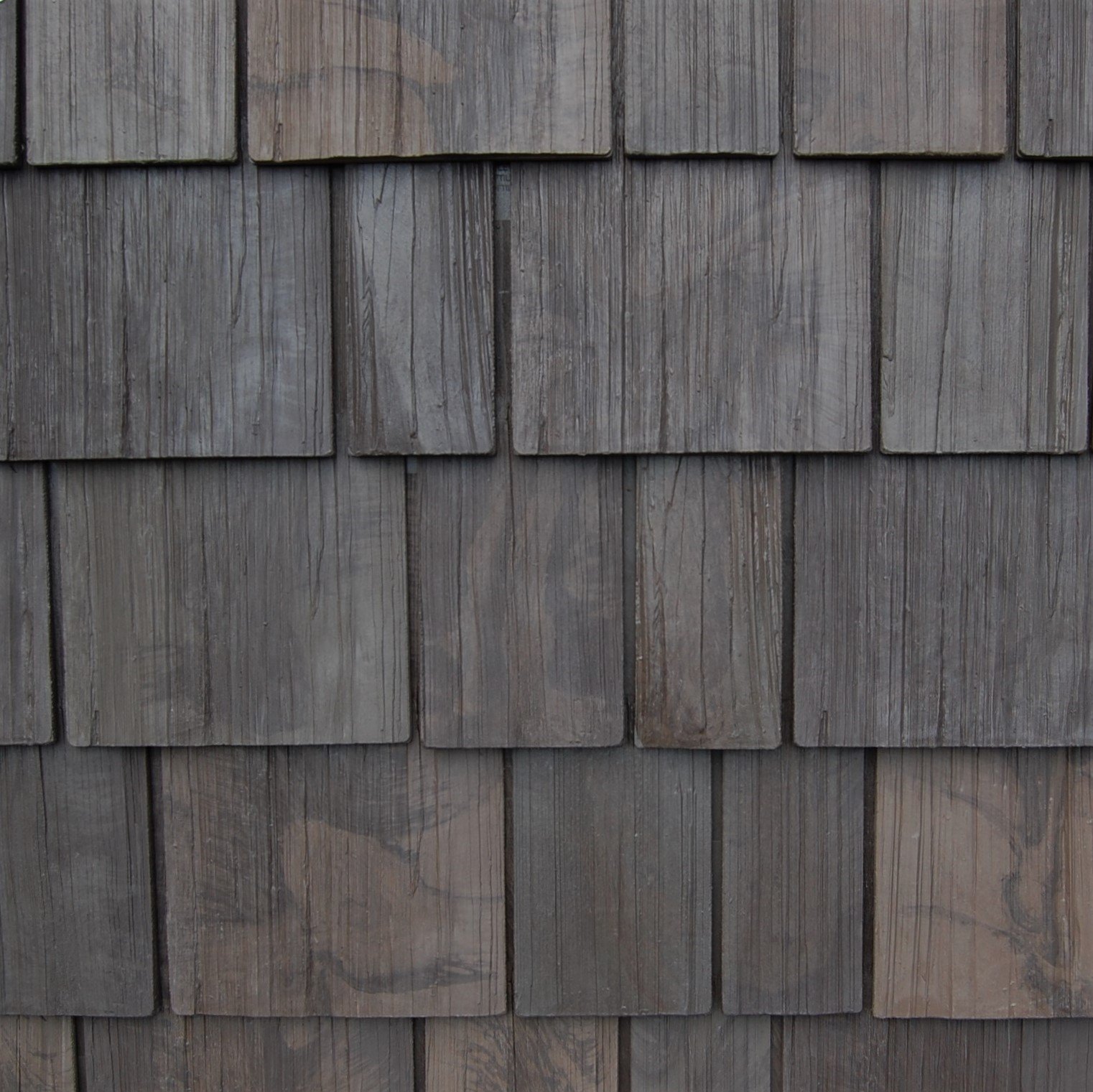The Best Wood Shake Shingle Roof

What Is the Difference Between Wood Shingles and Wood Shakes? To most passersby, the difference between a shake and shingle roof is difficult to distinguish. But to the trained eye, the differences are noticeable and dramatic. Shingles always have a smooth and uniform look, not just across each plate but over an entire roof. This is due to the traditional manufacturing method of sawing off singular cedar shingles from one block of wood. addition, wood shakes and shingles are typically made from western red cedar which possesses the low ignition temperature of 378°F. (Note: a glowing cigarette has an approximate temperature of 550°F). Consequently, the untreated wood shake and shingle roof in the Tahoe Basin is potentially an extremely hazardous, receptive fuel bed. A shake is a wooden shingle that is split on one side and sawn on the other. These are a traditional form of roofing material that has been used on homes for hundreds of years. Perhaps one of the most popular types of wood used is cedar because it is relatively budget-friendly, durable, and long-lasting. With proper maintenance, these roofs last for around 30 years, but eventually they must be replaced because they may begin to rot, split and leak. Tapersawn wood shakes are sawn on both sides for a semi-textured look with a stronger shadowline than a wood shingle. Used for both roofing and sidewalls. Recommended for use on pitches of 4:12 and steeper. All Wood Shakes are cut from clear heartwood with no defects. Shingle exposures for wood roofs: the maximum weather exposure for wood shakes or wood shingles depends on the shingle size and the slope or pitch of the roof. Allowable shingle exposure may also vary by the shingle grade – something that you might infer by visual inspection of the shingles, matching against wood shingle grade definitions, or if a shingle identification label can be located. In the roofing industry, an 18-inch wood shingle is referred to as “Perfection” and 24-inch wide shingles are known as “Royal.” A wood shake is a premium product, costing around $3.50 per square foot versus $2.50 a square foot for wood shingles. By Red House Architects .
Material description Wood shakes and wood shingles are manufactured from western red cedar, cypress, pine and redwood trees. Shakes are split from logs and reshaped by manufacturers for commercial use. They are thicker at the butt end than shingles; generally one or both surfaces are split to obtain a textured effect. Brava composite shake roof costs are going to be comparable to their natural counterpart, but in the long run, you will save money by installing a synthetic roofing product. Brava composite cedar shake tiles are not only energy efficient, they are far more durable than wood shingles, and require virtually zero maintenance. Chances are your old wood shake/shingle roof was installed over what’s called an open-spaced deck. Typically it’s composed of 1×6 deck boards spaced about 4-5 inches apart. This was possible because wood shakes are stiff planks of wood and would overlay these gaps without posing any sort of issue. However, these gaps don’t work with some more modern materials. More importantly, a solid A shake is a basic wooden shingle made from split logs. Shakes have traditionally been used for roofing and siding applications around the world. Higher-grade shakes are typically used for roofing purposes, while the lower grades are used for siding. In either situation, properly installed shakes provide long-lasting weather protection and a rustic aesthetic, though they require more maintenance than some other more modern weatherproofing systems. .

Cedar Shingles Shakes Roofing Costs Plus Pros Cons
The Truth Behind Wood Shake Roofs Schroer Sons
Choosing The Best Wood Shingle Roof The Basic Woodworking

Inspecting Wood Shingle and Shake Roofs online video

1 Synthetic Shake Roofing BEST Composite Cedar Shake
Blog Archive Blending Old Cedar with New Cedar Kuhls

Wood Shingles and Hail Damage on Roof

Cedar Shake Roof Why Youll Want One and Why You Wont

The Types of Roofing Materials TRA Snow Sun

Cedar Wooden Shingles Shake Roof Roofing Roofworki Stock

How to Install a Cedar Shingle Roof on a Garden Shed

No comments for "The Best Wood Shake Shingle Roof"
Post a Comment